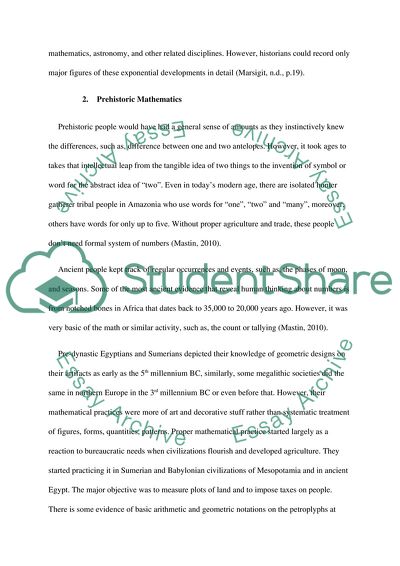A Brief History of Mathematics Coursework Example | Topics and Well Written Essays - 5000 words. https://studentshare.org/mathematics/1824161-history-of-mathematics
A Brief History of Mathematics Coursework Example | Topics and Well Written Essays - 5000 Words. https://studentshare.org/mathematics/1824161-history-of-mathematics.


